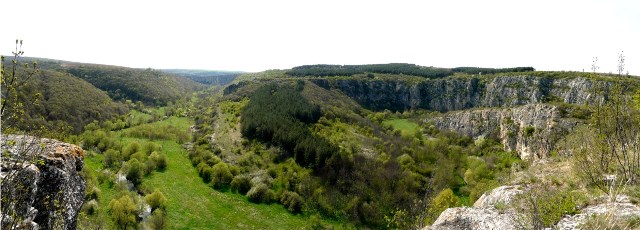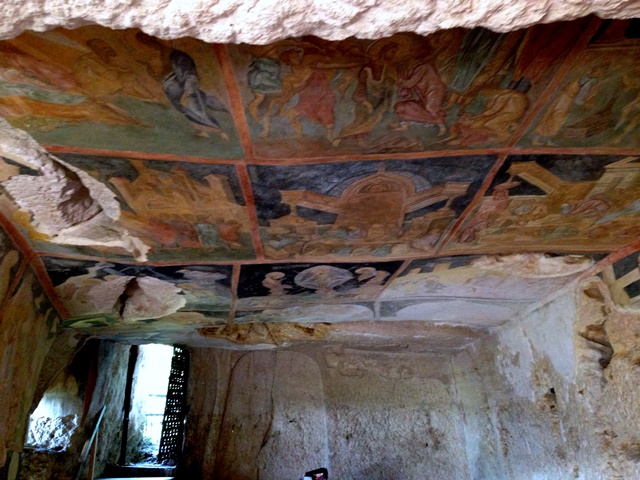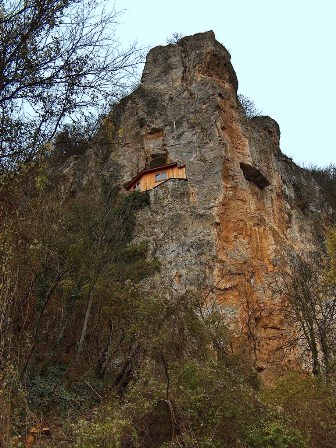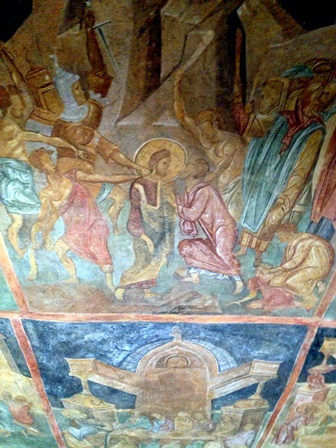Hidden in the reliable and firm embrace of the rocks, the faith and the light of the spirit have survived for more than six centuries, and after a long period of hardship, the whole beauty of medieval craftsmanship in Bulgaria is rediscovered for Europe.

Ivanovo rock-hewn churches site, North-Eastern Bulgaria
The Rock-Hewn Churches of Ivanovo are of outstanding universal value because of their frescoes, that are characterised by “an exceptional artistry and a remarkable artistic sensitivity for 14th century painting and Bulgarian medieval art; they are an important achievement in the Christian art of South-Eastern Europe”. Such is written on the website of UNESCO. The Churches of Ivanovo were included in the UNESCO World Heritage List in 1979.

The rock-hewn Churches of Ivanovo are a complex of rock-hewn churches, chapels, monasteries and cells situated in the beautiful valley of the Rusenski Lom River, in North-Eastern Bulgaria. Hermits cut the first cells and churches into the natural rock along the riverbed during the 12th century. The entire complex was built between the time of the Second Bulgarian State (1185-1396) and the conquest of Bulgaria by the Ottoman Empire (late 14th century). At that time, the number of churches was about 40, while the total number of sites reached around 300, most of which are not preserved today.
The monastery complex owes much of its fame to frescoes that were created in the 13th- and 14th-century and which have been preserved in six of the temples as a part of the complex.

St. Mary Church
The rock monastery “St. Archangel Michael” is situated at the same site. It was founded in the 1220s by the monk Yoakim, who later became a Bulgarian patriarch. The Bulgarian tsars Yoan Asen ІІ (1218-1241), Yoan Alexander (1331-1371) and other representatives of the royal court were among the monastery donators and their donor portraits are preserved to the present day. During the Second Bulgarian Empire the monastery established itself as a great spiritual and educational centre. Wall inscriptions in the cells provide information about important historical events. In the 14th century the monastery become a centre of hesychasm (a mystic trend in Orthodox Christianity).
The frescoes in the church “St. Mary” are world famous. They are among the most representative models of Paleologus Art on the Balkan Peninsula. Their exceptional artistic quality is why they have been included in the Unesco list of global cultural inheritance. Here tourists can see the archetype image of The Last Supper, painted 150 years before the one by Leonardo Da Vinci.

Detail of the fresco in St Mary Church
The Ivanovo Rock Complex remained active during the early ages of the Ottoman Dominion, but from then on it went into gradual decline.
Location and opening hours:
• North-East Bulgaria, 22 km from Ruse, in close proximity to the town of Ivanovo
• 1 April – 30 November: 9.00AM – 6.00PM daily • 1 December – 31 March: Closed for visitorsThere is also the possibility to visit the Museum Ruse, which is dedicated to the monastery complex (website only available in Bulgarian)
by: Angela Ivanova





Follow us: